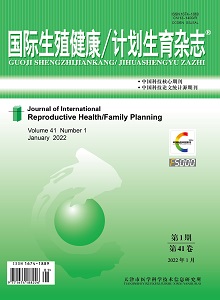Disorders of sex development (DSD) are a high phenotype and genetic heterogeneous congenital disease, in which 46, XY DSDs are the most complicated and diverse. DSD without timely treatment may bring profound impacts to patients and their families. Early diagnosis should be based on medical history, physical examination, laboratory examination, imaging examination and molecular genetic examination. The current treatment is still mainly surgery, and gender determination and assignment is the most critical step in the surgical treatment for 46, XY DSD. To avoid gender rechange in adulthood, the opinions of the multidisciplinary team, family members and/or children themselves should be integrated, combined with the patient′s gender psychology, gender role and sexual orientation, risk of gonadal canceration, reproductive potential, follow-up treatment, and sociocultural environment should be taken into consideration to assign gender. After gender assignment, internal and external genital resection or repair should be performed as soon as possible, so as to help children to adapt the assigned gender better. However, there is still a lack of systematic diagnosis and treatment guidelines at home and abroad, especially in the etiological diagnosis and surgical gender choice of 46, XY DSD.

